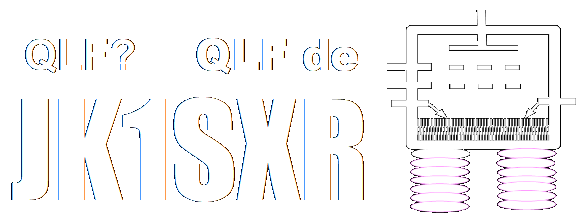
=>Japanese
Return to "A. Home"
Year
2024
2023
2022
2021
2020
2019
2018
2017
2016
2015
2014
2013
& earlier
Return to "A. Home"
Year
2024
2023
2022
2021
2020
2019
2018
2017
2016
2015
2014
2013
& earlier
Snapshot No. 750-754
754. December
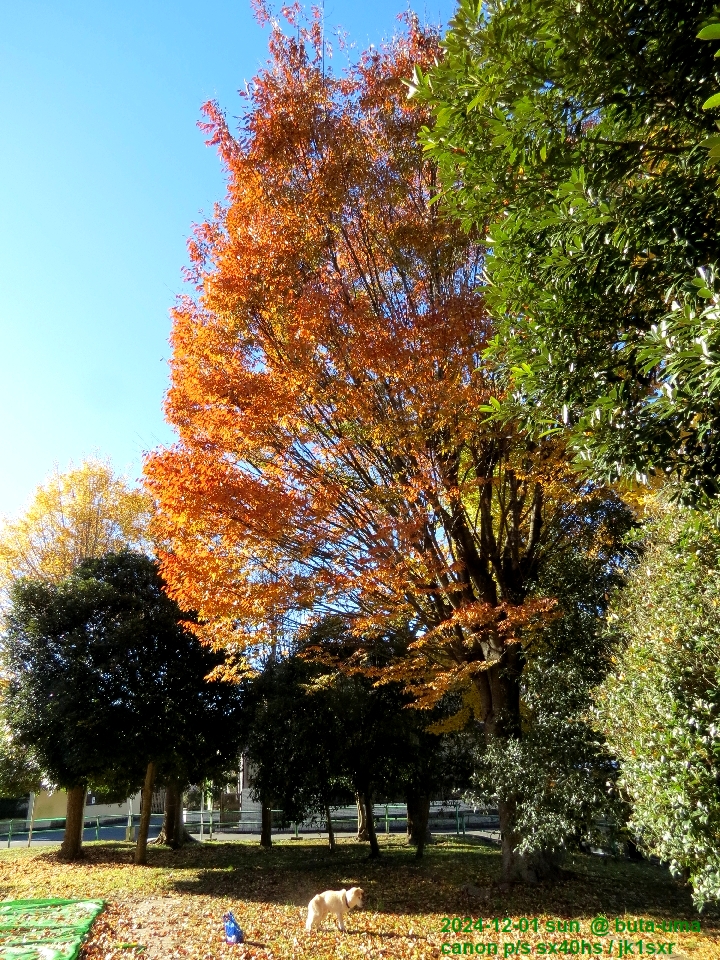 Today is December 1st.
Today is December 1st.
The zelkova and gingko of the square in front of my place finally turned their colors.
This zelkova has a tape around its trunk. It looks the tree grows too big and to be cut down before long.
753. Modern art?
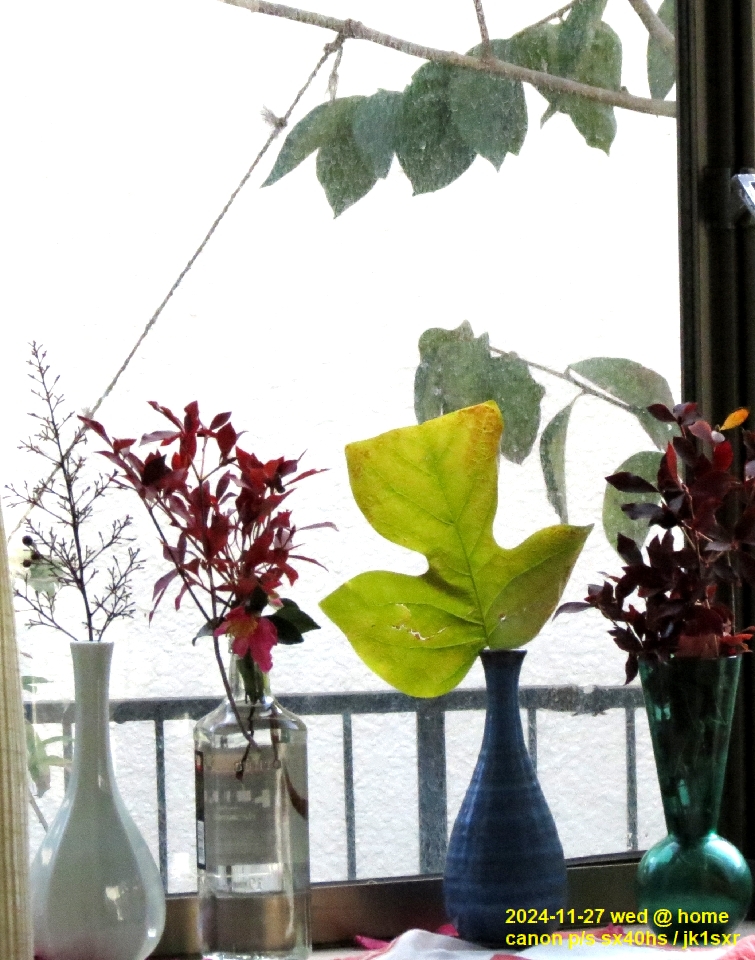 Made by XYL.
Made by XYL.
Declaring "modern art".
It looks the modern art completes by swiftly scraping up the materials at the backyard, and then, arrange them with a lightning speed, with a yell.
BTH, I wondered what diferenciates the so-called "modern art" and "contemporary art". A quick search online showed the following.
In terms of time;
Modern art: From end of the Edo period to around the Second World War
Contemporary art: After that to this day
In terms of patron;
Modern art: Religious organization, aristocrats
Contemporary art: Business organization, successful entrepreneurs
Someone suggests an interesting differenciation by paying atention to "difference in experience" of the viewers. It says;
Modern art: Art which can be enjoyed visiually
Contemporary art: Art which can be enjoyed through thinking and insight
Hmmm
I like such a person who can do this type of clarification.
752. After Hougen era, ---, all turned to musa's world
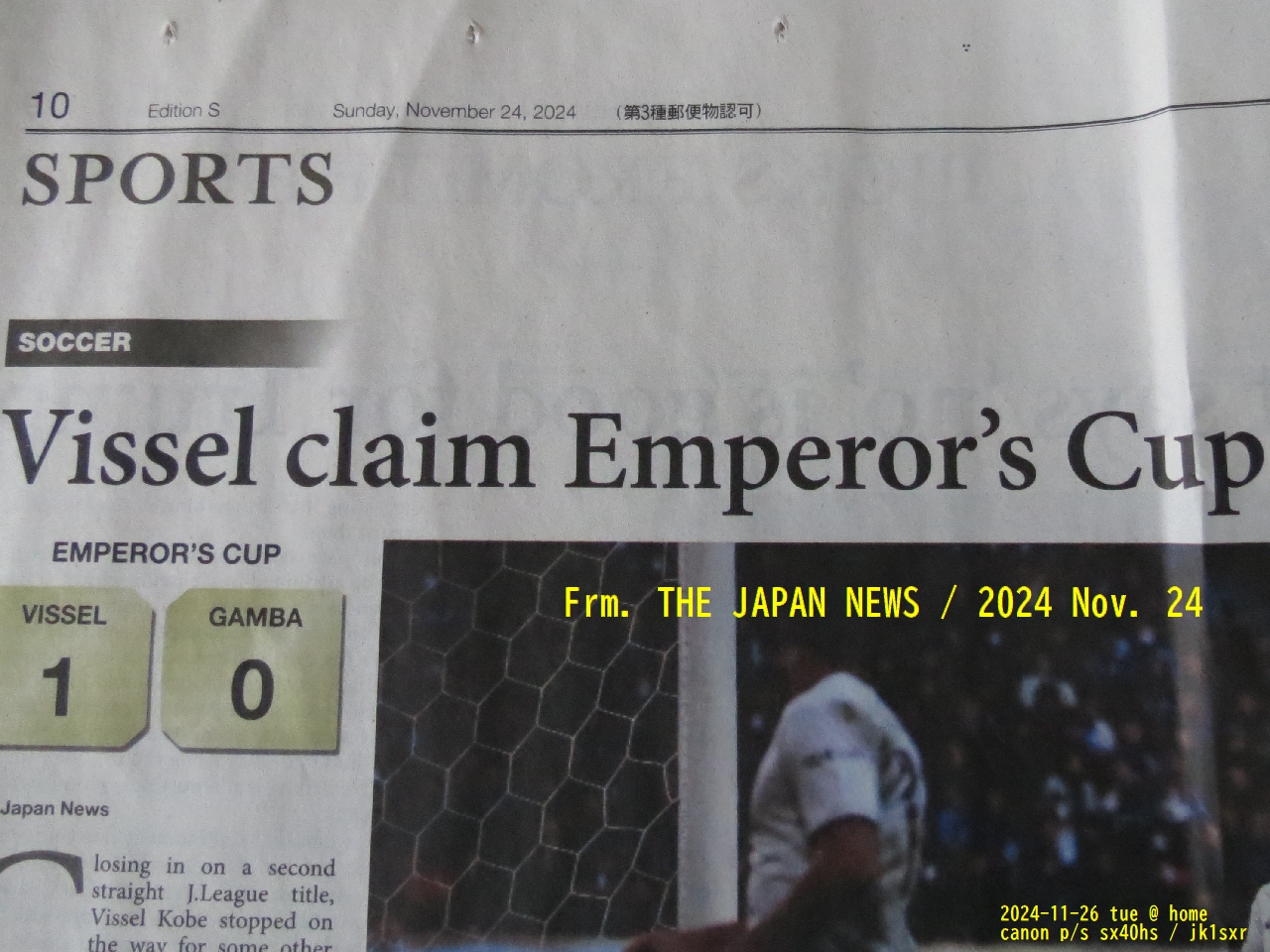 A news clip about soccer emperor's cup final. From The Japan News.
A news clip about soccer emperor's cup final. From The Japan News.
It mentions "Emperor's Cup".
Though this "emperor" is commonly used, it is totally unreasonable and illogical.
Though I do not want to put a damper on things by saying that in the soccer world here, the emperor means "Beckenbauer", the king means "Kazu", it is not a good thing to leave that unreasonable translation.
For the people around the world, the word "emperor" must sound an entity with enormus secular power even beyond a nation's boundary.
While the reality of this translated "emperor" has been far aloof from the secular world. It's exact roles have been to promote arts and sciences, and especially to pray for the nation's public safety as a top of the religious rituals.
The translation without the view point of the "top of religious rituals" can create unnecessary misunderstanding in international world. In fact, there are already signs of such misconception.
If a suitable word implicating that religiosity is adopted, people will realize that this is not a problem to lightly treat.
The fact that the secular power has been transfered to the "musa" (musha, bushi or samurai) since the time of Taira-no-kiyomori#1, 900 years ago, is accurately depicted by Jien#2, head priest of Tendai Buddhist sect in his history book "Gukanshou" 100 years later. BTH, the next year 2025 falls on the 800th anniversary after Jien's death.
===
After Tobain#3 passed away in July 2nd of Hougen era, and after the things called a rebellion in this country occured, the world turned to that of musa.
===
The reason for that yet the authority of the "emperor" has been firmly maintained to this day is that our society has had the common conception that there are things more important than the power, and something noble.
Thus, even at the "musa", the person with warrior behavior only is not respected socially. The person with both the literature and martial arts is expected.
Assuming that the head priest Jien is stll alive, he will never adopt the word "emperor".
Well, the story veered from soccer. The said champion's cup itself is shown at around the middle section of "The history of the emperor's cup" in JFA site, here. The actual size is roughly that of a regular soccer ball.
Notes: #1, #2 and #3:
See wiki below, for example;
#1 Taira-no-kiyomori
#2 Jien
#3 Toba-in
751. A harmless photo
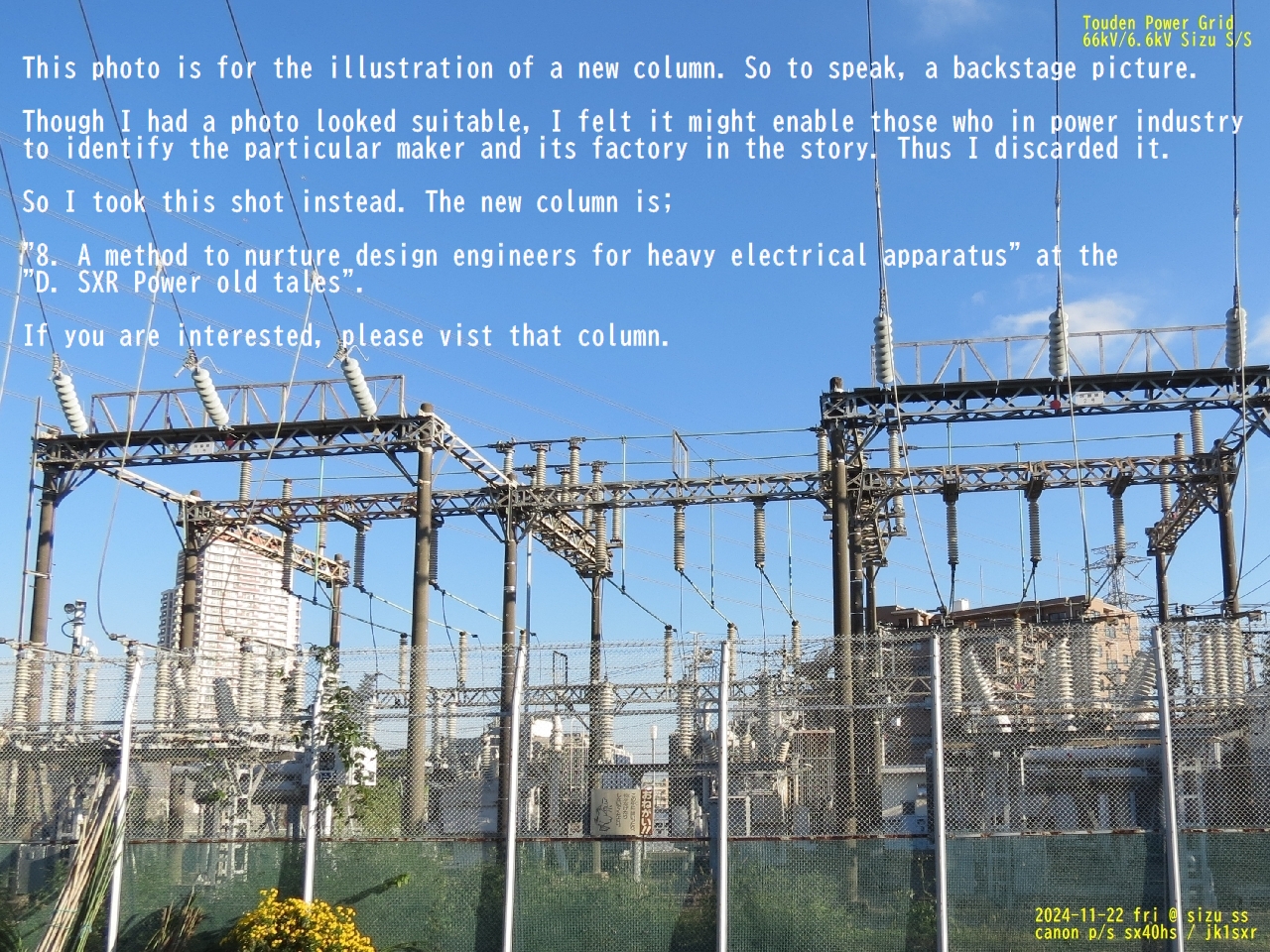 This time, I tried to embed the comment directly into the photo.
This time, I tried to embed the comment directly into the photo.
Please click the photo to read.
750. Sakata Culture Museum / Digital Archives
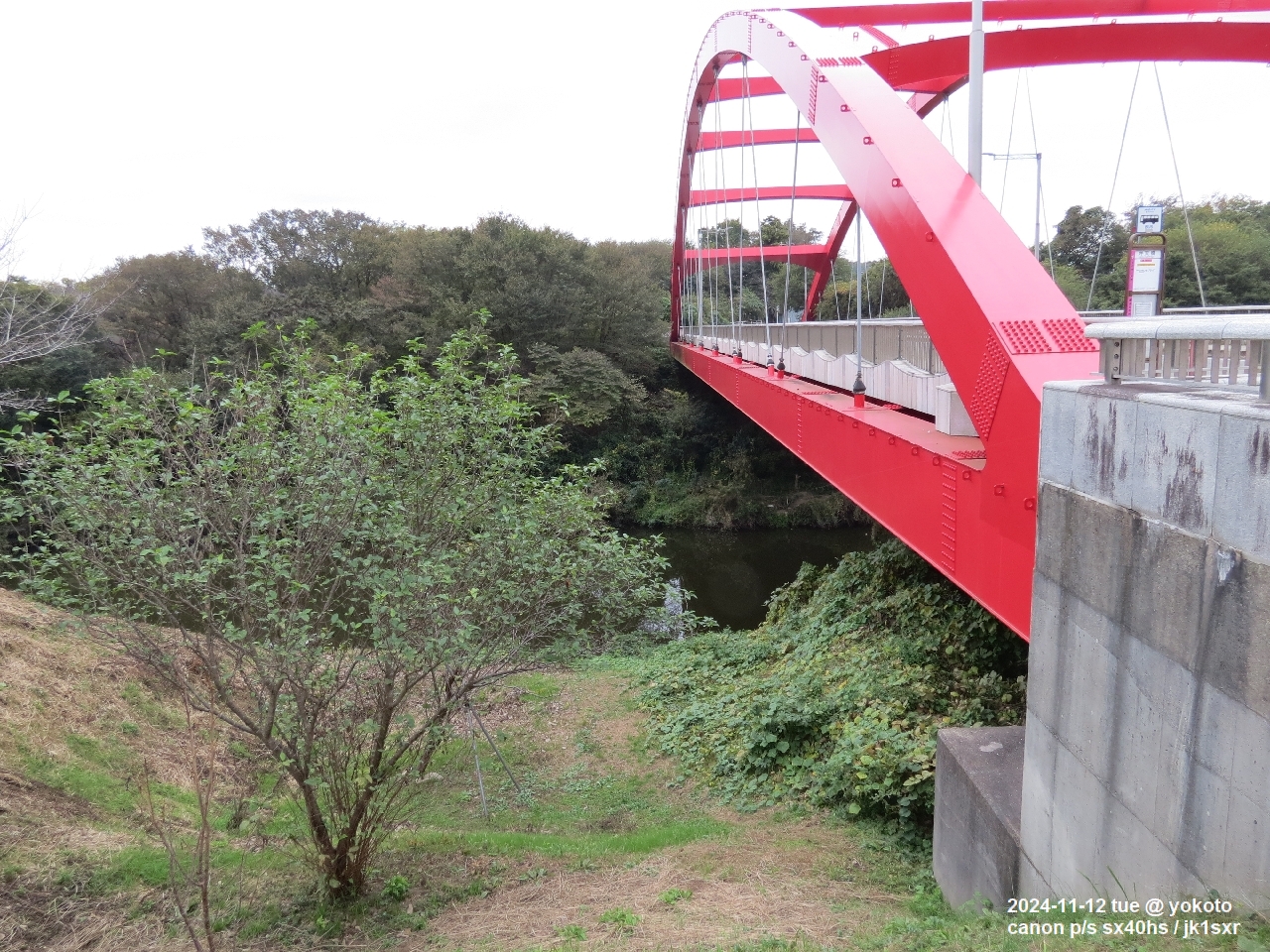
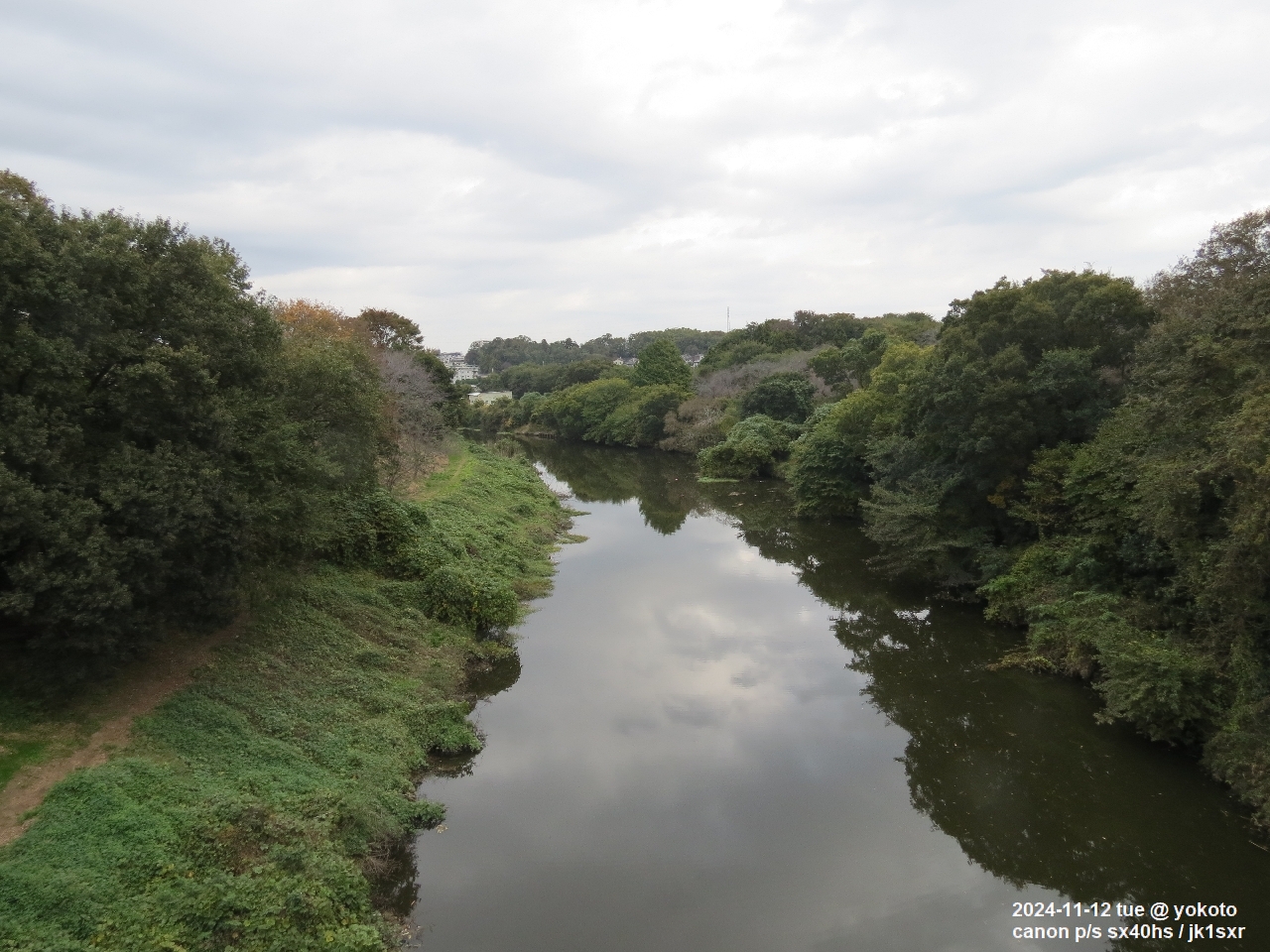
Benten bridge and river below along the usual bicycle road.
This is the place where the watershed of Inba marsh and Edo bay was cut open in the Edo period.
As I happened to see an illustration of the then construction site, I introduce it here.
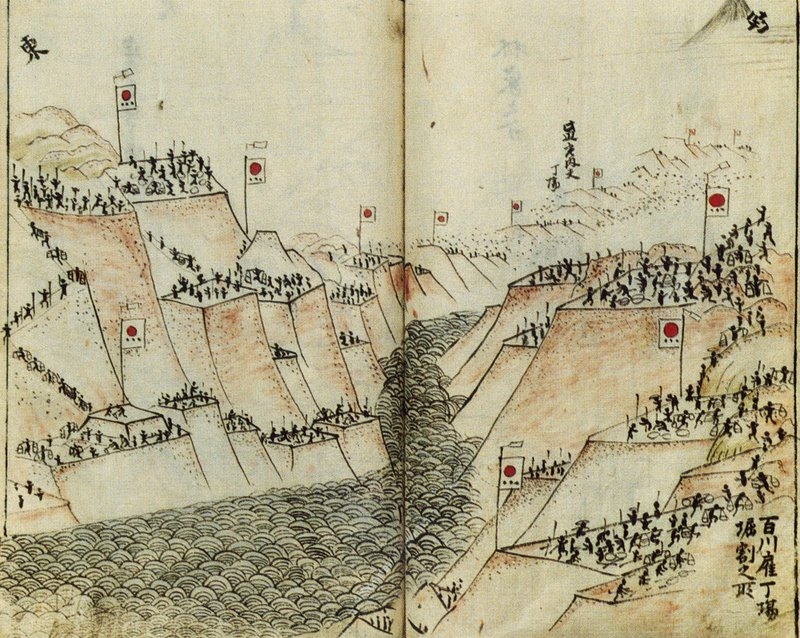
Frm: Sakata Municipal Culture Museum Digital Archives / Shoku Hoteiki / P82
This is a picture depicting the construction site of draining the water of Inba marsh to Edo Bay, which started in Kyouho 9th year (1724).
The works in the Edo period were made 3 times every 60 years, but had never completed. The work completion was Showa 44th year (1969). It took 245 years to complete.
The first and second works were made by the local influential figures, and the 3rd by five clans designated by the Edo Shogunate. Thus the work details for the 3rd were fully documented and are available today.
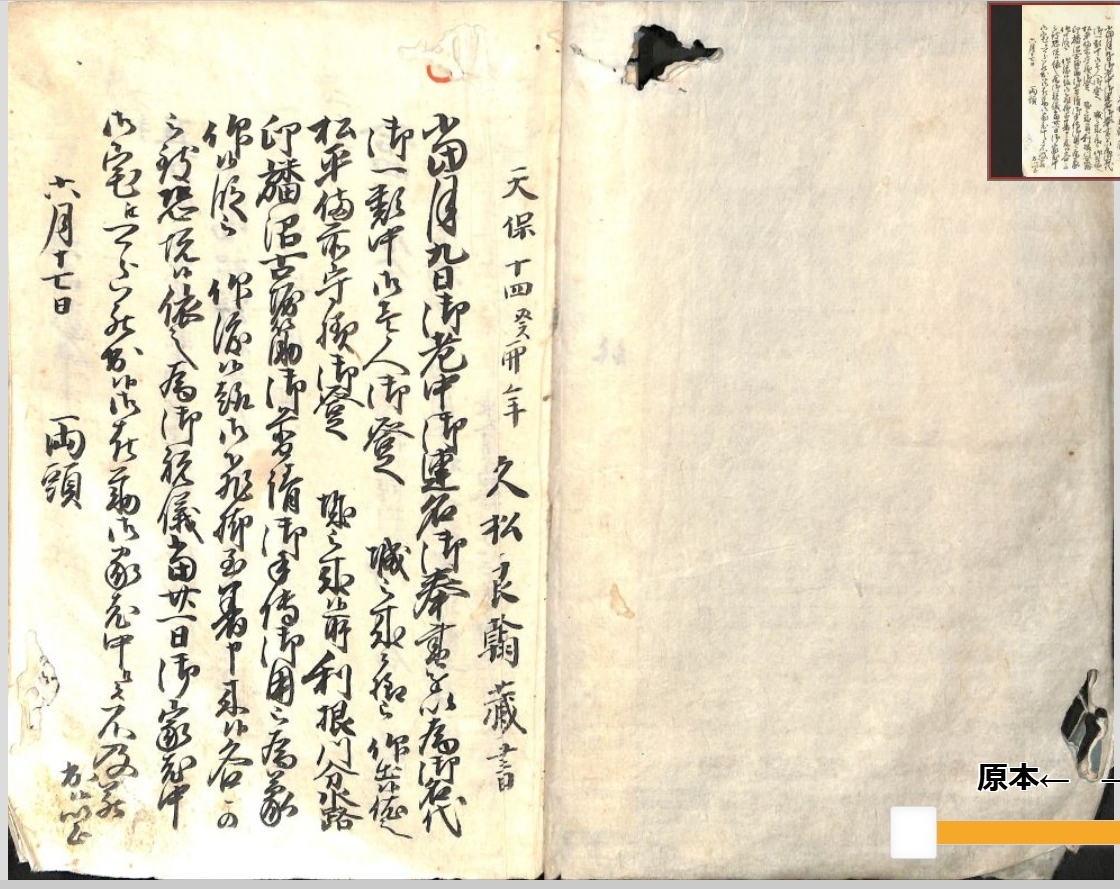 The above picture is in the book titled "Shoku Hoteiki" published in Tenpou 14th year (1834) by HISAMATU Sousaku, a village headman of Shounai Clan.
The above picture is in the book titled "Shoku Hoteiki" published in Tenpou 14th year (1834) by HISAMATU Sousaku, a village headman of Shounai Clan.
Totally 120 facing pages with interesting pictures like tattooed laborers carrying excavated soil and sand.
The original publication can be read in the "Sakata Municipal Culture Museum Digital Archives", here
754. December
 Today is December 1st.
Today is December 1st.The zelkova and gingko of the square in front of my place finally turned their colors.
This zelkova has a tape around its trunk. It looks the tree grows too big and to be cut down before long.
753. Modern art?
 Made by XYL.
Made by XYL.Declaring "modern art".
It looks the modern art completes by swiftly scraping up the materials at the backyard, and then, arrange them with a lightning speed, with a yell.
BTH, I wondered what diferenciates the so-called "modern art" and "contemporary art". A quick search online showed the following.
In terms of time;
Modern art: From end of the Edo period to around the Second World War
Contemporary art: After that to this day
In terms of patron;
Modern art: Religious organization, aristocrats
Contemporary art: Business organization, successful entrepreneurs
Someone suggests an interesting differenciation by paying atention to "difference in experience" of the viewers. It says;
Modern art: Art which can be enjoyed visiually
Contemporary art: Art which can be enjoyed through thinking and insight
Hmmm
I like such a person who can do this type of clarification.
752. After Hougen era, ---, all turned to musa's world
 A news clip about soccer emperor's cup final. From The Japan News.
A news clip about soccer emperor's cup final. From The Japan News.It mentions "Emperor's Cup".
Though this "emperor" is commonly used, it is totally unreasonable and illogical.
Though I do not want to put a damper on things by saying that in the soccer world here, the emperor means "Beckenbauer", the king means "Kazu", it is not a good thing to leave that unreasonable translation.
For the people around the world, the word "emperor" must sound an entity with enormus secular power even beyond a nation's boundary.
While the reality of this translated "emperor" has been far aloof from the secular world. It's exact roles have been to promote arts and sciences, and especially to pray for the nation's public safety as a top of the religious rituals.
The translation without the view point of the "top of religious rituals" can create unnecessary misunderstanding in international world. In fact, there are already signs of such misconception.
If a suitable word implicating that religiosity is adopted, people will realize that this is not a problem to lightly treat.
The fact that the secular power has been transfered to the "musa" (musha, bushi or samurai) since the time of Taira-no-kiyomori#1, 900 years ago, is accurately depicted by Jien#2, head priest of Tendai Buddhist sect in his history book "Gukanshou" 100 years later. BTH, the next year 2025 falls on the 800th anniversary after Jien's death.
===
After Tobain#3 passed away in July 2nd of Hougen era, and after the things called a rebellion in this country occured, the world turned to that of musa.
===
The reason for that yet the authority of the "emperor" has been firmly maintained to this day is that our society has had the common conception that there are things more important than the power, and something noble.
Thus, even at the "musa", the person with warrior behavior only is not respected socially. The person with both the literature and martial arts is expected.
Assuming that the head priest Jien is stll alive, he will never adopt the word "emperor".
Well, the story veered from soccer. The said champion's cup itself is shown at around the middle section of "The history of the emperor's cup" in JFA site, here. The actual size is roughly that of a regular soccer ball.
Notes: #1, #2 and #3:
See wiki below, for example;
#1 Taira-no-kiyomori
#2 Jien
#3 Toba-in
751. A harmless photo
 This time, I tried to embed the comment directly into the photo.
This time, I tried to embed the comment directly into the photo.Please click the photo to read.
750. Sakata Culture Museum / Digital Archives


Benten bridge and river below along the usual bicycle road.
This is the place where the watershed of Inba marsh and Edo bay was cut open in the Edo period.
As I happened to see an illustration of the then construction site, I introduce it here.

Frm: Sakata Municipal Culture Museum Digital Archives / Shoku Hoteiki / P82
This is a picture depicting the construction site of draining the water of Inba marsh to Edo Bay, which started in Kyouho 9th year (1724).
The works in the Edo period were made 3 times every 60 years, but had never completed. The work completion was Showa 44th year (1969). It took 245 years to complete.
The first and second works were made by the local influential figures, and the 3rd by five clans designated by the Edo Shogunate. Thus the work details for the 3rd were fully documented and are available today.
 The above picture is in the book titled "Shoku Hoteiki" published in Tenpou 14th year (1834) by HISAMATU Sousaku, a village headman of Shounai Clan.
The above picture is in the book titled "Shoku Hoteiki" published in Tenpou 14th year (1834) by HISAMATU Sousaku, a village headman of Shounai Clan. Totally 120 facing pages with interesting pictures like tattooed laborers carrying excavated soil and sand.
The original publication can be read in the "Sakata Municipal Culture Museum Digital Archives", here
Copyright © 2013 JK1SXR/m.abe. All Rights subject to common sense.